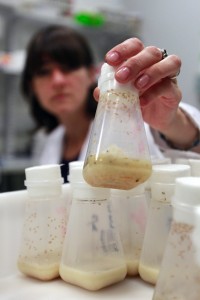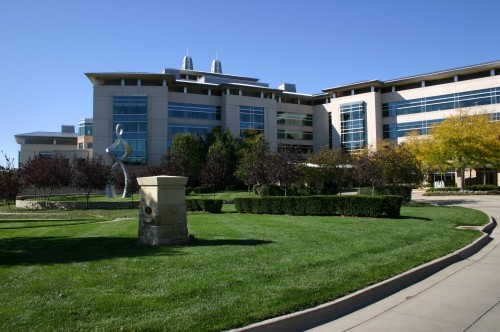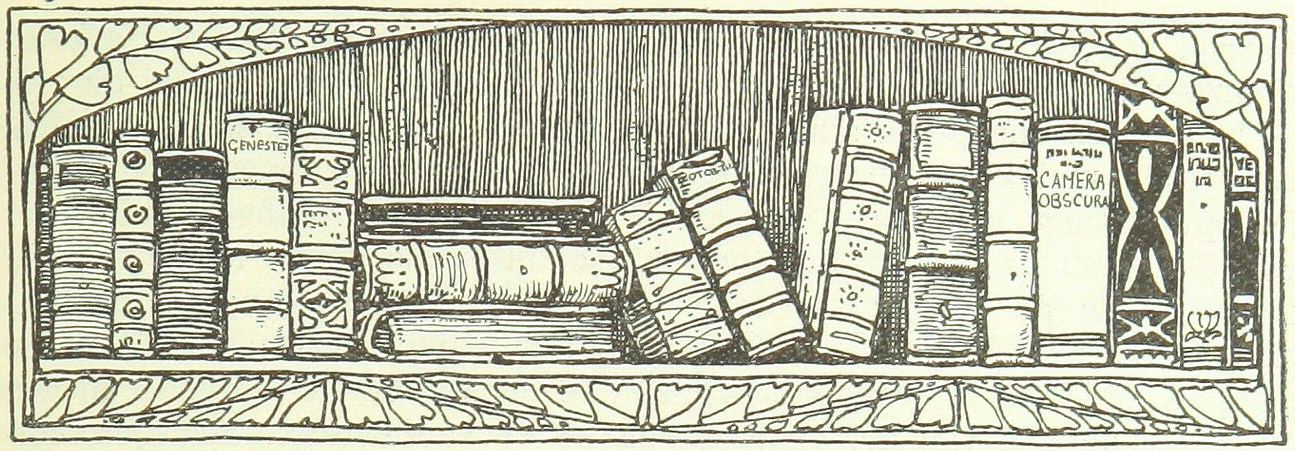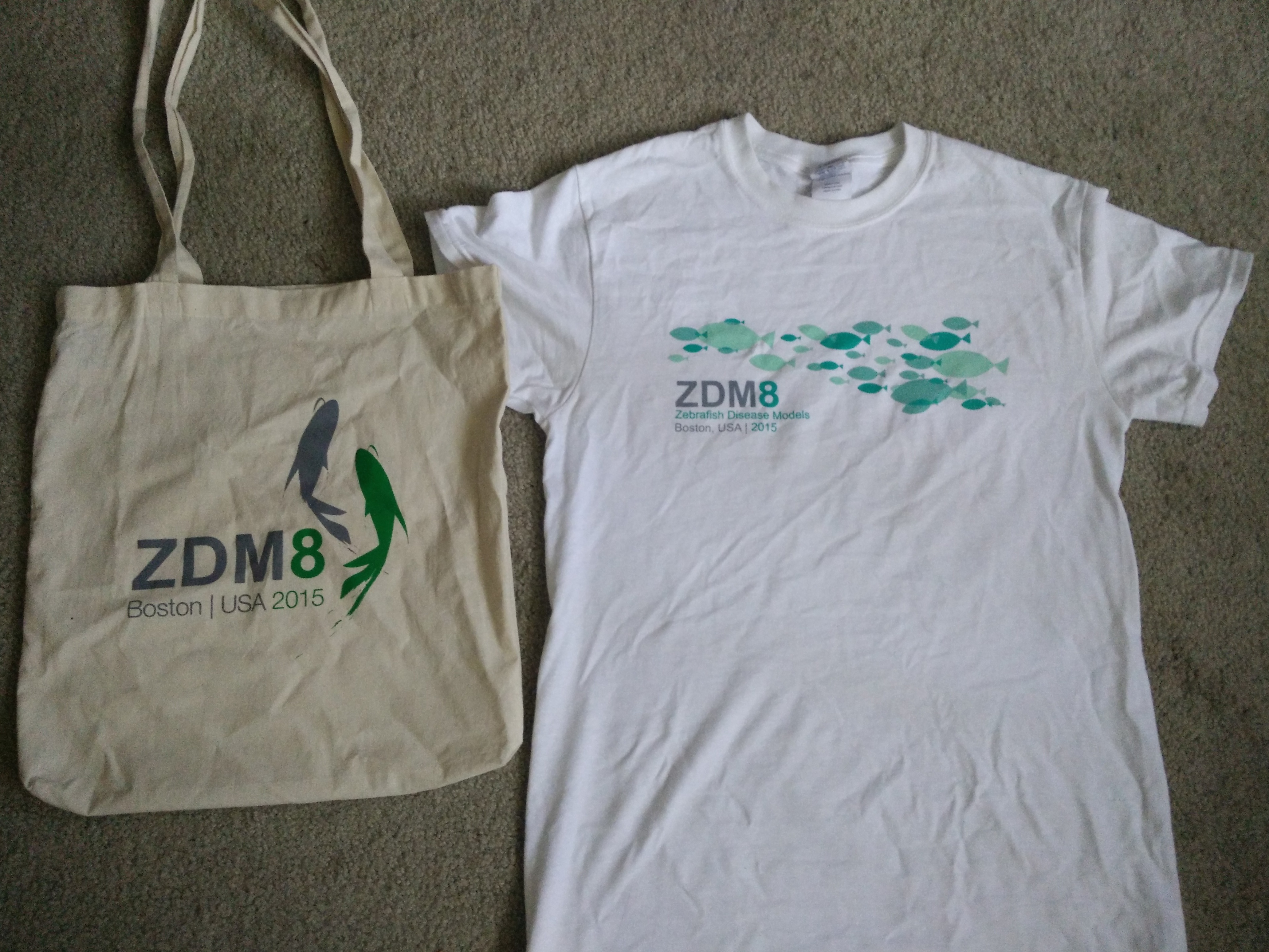August 2-7, 2015, Saxtons River, VT
Written by: Tonni Anderson, Michelle Facette, Margaret Frank, Cara Haney, Nathanaël Prunet, Michael Raissig, Jose Sebastian, Nidhi Sharma, and Wanpeng Wang
On the first night of 2015 FASEB Mechanisms in Plant Development Meeting, participants gathered at the Vermont Academy in Saxtons River, VT to listen to the Keynote speaker, Jan Traas, who foreshadowed much of what was to come over the next few days with his talk entitled “A multi-scale view of plant development”. Jan presented his work on the cell wall matrix and introduced the idea that increased cell expansion is based on a polymerization mechanism of the matrix, which in turn is regulated by the orientation of the load-bearing micro-fibrils.
The next morning, the first session focused on Meristems and Short Range Signaling. David Jackson presented identification of new regulators of meristem size in maize. He showed that heterotrimeric GTP-binding proteins mediate signaling downstream of CLAVATA receptors and that differentiating cells signal back to the meristem and regulate stem cell homeostasis. Hiroo Fukuda then discussed the regulatory networks controlling xylem and phloem formation in vascular meristems. He presented a new experimental system that uses the ectopic induction of vascular tissue in leaves and cotyledons to further understand the mechanisms underlying vascular development. Zach Nimchuk took us back to the shoot apical meristem and discussed the cooperation and redundancy of the CLAVATA and BAM receptor kinases in perceiving the CLAVATA3 signal. Next, Sarah Hake discussed the function of BEL1-like transcription factors, which bind DNA as heterodimers with KNOX gene KNOTTED1, in vascular and inflorescence patterning in maize shoot meristems. She was followed by Nidhi Sharma who talked about regulation of SHOOTMERISTEMLESS (STM) protein and hypothesized that auxin is responsible for destabilization of STM in leaf primordia at shoot apex. Marcus Heisler concluded the session by discussing the role of the abaxial/adaxial boundary in determining the position of lateral organ formation in the shoot apical meristem, and showed how ectopic abaxial/adaxial boundaries can induce ectopic lamina outgrowth and organ patterning.
To open the Gene Regulation and Gene Networks session, Siobhan Brady presented central and specific regulators of cell wall synthesis and metabolism that were identified by network analyses of data derived from a large yeast 1-hybrid screen of transcription factors. Next, Ikram Blilou presented her recent work on how the complex relationship between the SCARECROW, SHORTROOT and JACKDAW/BALD IBIS transcription factors contribute to cell specification in the root and specific cell activities. Following Ikram, Joakim Palovaara presented his powerful and elegant INTACT method to analyze spatial and temporal transcription in the developing Arabidopsis embryo. Thereafter, Nathanaël Prunet explained the developmental origin of the extra stamens in superman mutant flowers via the analysis of CLAVATA3, APETALA3 and SUPERMAN expression. Ross Sozzani (accompanied by a raucous thunderstorm) introduced a Dynamic Bayesian Network algorithm that, when applied to root transcriptomic data, efficiently identified new players in root stem cell maintenance. Mark Estelle closed the session by describing how the universally important hormone auxin can have diverse functions. He offered two mechanistic models, showing how different auxin-binding transcription factors have different auxin binding affinities and that under environmental (temperature) stress, TIR1 is stabilized by the HSP90 chaperone.
The third session focused on Modeling and Patterning Mechanisms. The first speaker, Ottoline Leyser, discussed apical dominance and how axillary meristems compete for reactivation by establishing auxin transport canalization toward the stem. This process depends on lateral auxin transport and can be modulated by cytokinins and strigolactones to provide plasticity towards environmental changes. Veronica Grieneisen followed the first talk by discussing how computational models have allowed us to dissect the intricate flow of hormones and nutrients in plants. She used auxin and boron transport in the root meristem as a model to elucidate how fast dynamic regulation of transporters can be key to maintain stable internal fluxes. Next up was Alexis Maizel, who presented recent data on how plants employ oriented cell division and anisotropic growth to shape their organs. He illustrated this beautifully using light-sheet microscopy and computational models to provide quantitative analysis of lateral root morphogenesis. Siobhan Braybrook then presented a project that emerged from discussions from the preceding FASEB meeting on mechanisms in plant development. She discussed the diversity of pavement cell shape in Angiosperms, and presented a detailed, quantitative analysis of wiggled-shape pavement cells in maize. Ernst Aichinger then presented work on the gene regulatory network underlying the maintenance of the root stem cell niche, and presented a detailed analysis of WOX5, which has a central role in this process. Edith Pierre-Jerome concluded the session by showing how she uses an artificial, user-defined auxin response circuit in yeast to understand how specificity in the auxin response is encoded.
Zach Lippman started the Evolution and Comparative Development session by presenting on three fasciated shoot mutants, all of which mapped to distinct arabinosyltransferase genes; each enzyme performs a specific addition of an arabinose sugar onto the CLAVATA3 (CLV3) peptide. He further demonstrated that a tri-arabinosylated CLV3 has full function, whereas loss of arabinosylation progressively leads to severe clv3-like shoot fasciation and enlarged meristem phenotypes. Lior Tal presented next on a new delayed flowering mutant called late termination (ltm). Genetic and transcriptomic analyses indicate that this new mutant may act in parallel with the well-described CLAVATA and SINGLE FLOWER TRUSS pathways. Courtney Hollender presented an in-depth molecular and genetic characterization of TILLER ANGLE CONTROL1 (TAC1) and LAZY1, two genes that are involved in the regulation of branching angle in plum and Arabidopsis. In the second part of the session Madelaine Bartlett presented on B-class MADS box gene evolution in floral organ specification in the grasses. She demonstrated that B-class gene homodimerization re-emerged in the grasses, whereas they usually work as obligate heterodimers in most other plant lineages. Jill Harrison concluded the session with a talk about the role of auxin transport in the evolution of branching body plans. She demonstrated that while vascular plant branching is regulated by polar auxin transport via PIN-FORMED (PIN) proteins, a non-canonical form of bi-directional auxin transport regulates gametophytic branching in Physcomitrella (a model moss).
Stefanie Sprunck opened the Cell Biology session with beautiful live-cell imaging data showing that upon fusion of sperm and egg cells, there is transmission of paternal membrane proteins to the developing embryo, which has exciting implications for epigenetic inheritance. Stefanie’s collaborator Guido Grossman presented a modified RootChip, which is used to treat a root with two different treatments to study distinct developmental behaviors at the same time. Moritz Nowack used a combination of genetic and 4D-imaging methods to uncover mechanisms underlying developmentally-regulated programmed cell death in root caps. Mark Settles found a conserved U12 splicing mechanism necessary in both maize and humans for promoting cell differentiation and repression of cell proliferation during embryogenesis implying conservation of cell fate transition mechanisms in humans and plants. Polar localization of proteins was a shared theme for both Michelle Facette and Jaimie Van Norman. Michelle explored the timing of recruitment of polar-localized complexes to subsidiary guard mother cells during stomatal development, and Jaimie found unexpected patterns of polar localization of RLKs in roots related to ground tissue patterning. Contrary to other presenters studying root meristem, Tonni Andersen unveiled a potential role of passage cells in nutrient uptake in fully differentiated root cells.
Miltos Tsiantis opened the Emerging Models session with research on the evolution of a genetic program that controls leaf complexity in the Brassicas. He showed that complex leaf formation in Cardamine hirsuta (closely related to Arabidopsis) is promoted by the activity of REDUCED COMPLEXITY (RCO), a HD-ZIP transcription factor that arose through a duplication of LATE MERISTEM IDENTITY1 (LMI) and has been lost Arabidopsis. Scott Poethig presented next on the role of heterochrony (variation in the timing of a developmental process) in the evolution of vegetative phase change in the Acacieae – a tribe of woody legumes. He showed that the promotion of vegetative phase change in Acacia is correlated with a reduction in microRNA156/157 levels. In the second part of the session, Rob Martienssen presented a case for single gene heterosis of oil content in palm soil, in which heterozygosity for two amino acid substitutions in the highly conserved MADS-box DNA binding domain of the Shell gene leads to a significant increase in oil content. Next, Michael Raissig presented genetic dissection of stomata development in Brachypodium—a grass model. Taking a comparative approach, he showed that the genetic network regulating stomata genesis has been rewired to generate diverse stomatal patterns between eudicots and grasses. Claire Bushell concluded the session with computational modeling of bladder trap formation in Utricularia gibba (an aquatic carnivorous plant). She demonstrated how simple computational models that account for tissue polarity and growth rate can be used to reliably predict the formation of the complex three-dimensional structure of the bladder trap.
The Biotic Influences and Long-range Signaling session was kicked off by Jack Schultz who discussed how insects transform vegetative tissue into nutrient-rich habitats by switching on carpel-specific transcripts. Chris Kuhlemieir used petunia as an example to demonstrate how simple genetic changes can result in dramatic shifts in preferred pollinators. Dong Wang showed that alternative splicing determines whether a vesicle targeting protein is targeted to the bacteroid membrane or the plasma membrane during nodulation. This special targeting contributes to the unique identity of the membrane at the bacterial-plant interface. In the short talks, Cara Haney demonstrated that the make-up of the root-associated microbiome is genetically determined, and that bacterial-induced resistance or susceptibility is coupled to plant nutrient status. Devin O’Connor used Brachypodium to infer functions of sister-of-PIN1, an auxin transporter lost from the brassicas. Unlike AtPIN1, “sister” is enriched at auxin maxima or convergence points. Aman Husbands presented paradoxical data regarding how the START domain functions in HD-ZIP transcription factors. He found the START domain is required for efficient dimerization but dispensable for transcriptional activation. In a study to unravel why shoot-root grafting increases plant vigor, Margaret Frank identified mobile transcripts moving between the shoot and root, which could be a mechanism for the observed graph heterosis.
The final session, Abiotic and Epigenetics, kicked off with David Nelson presenting data linking the karrikin- and strigolactone-responsive pathways during seedling morphogenesis. Terri Long provided new insights into iron sensing and response and presented new molecular players uncovered by genetics, biochemistry and mathematical modeling. Jose Sebastian presented findings that crown roots, specific to monocots, are reversibly suppressed during drought stress and that direct water contact with the crown is necessary for their formation. Alexander Jones presented new gibberellin biosensors and found that cells in the elongation zone are more rapidly importing GA. In the second part of the session, Franziska Turck presented how plants can make life-changing phase change decisions “without a brain”. She showed a model of 3D chromatin architecture around the main flower-inducing FT locus that both includes an activating and repressing chromatin loop. Next, Gerardo del Toro presented his recently published study of how ecotype background influences paternal genome activation in the embryo using an elegant crossing scheme to paternally complement a suite of embryonic-lethal mutants. In addition, he presented their recent parent-specific dataset showing a strong maternal bias at early embryonic stages. Finally, Wanpeng Wang presented that mutations in MYB3R1 suppresses the tso1 (“ugly” in Chinese) mutant phenotype, genetically connecting supposed subunits of the cell-cycle regulating DREAM complex at Arabidopsis meristems.
At the end of the meeting, the organizers Dominique Bergmann and Rüdiger Simon concluded the meeting by saying that it covered indeed “a multi-scale view of plant development” and by honoring recently deceased visionaries of plant development Ian Sussex and Fred Sack. Doris Wagner and Marja Timmermans will organize the next meeting in 2017.
 (3 votes)
(3 votes)
 Loading...
Loading...



 (3 votes)
(3 votes)

 (No Ratings Yet)
(No Ratings Yet)
 (4 votes)
(4 votes)